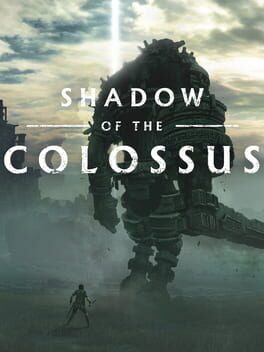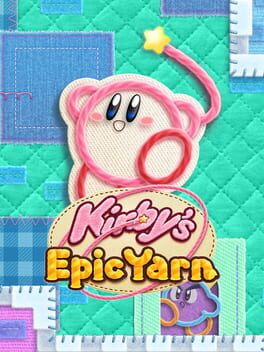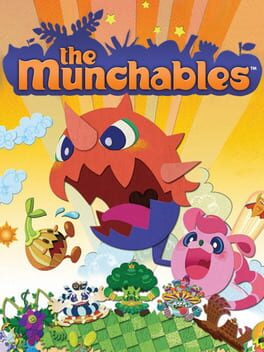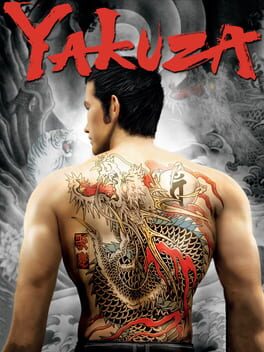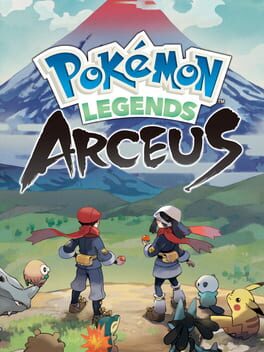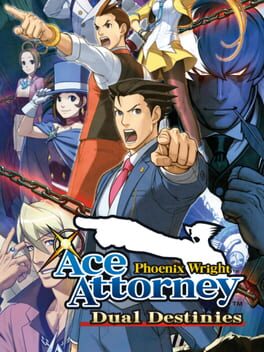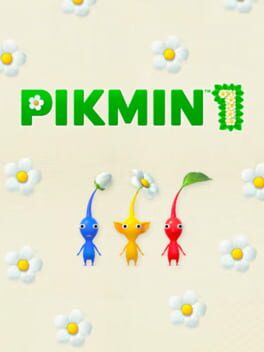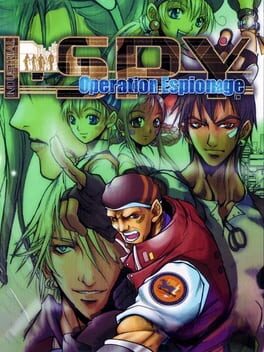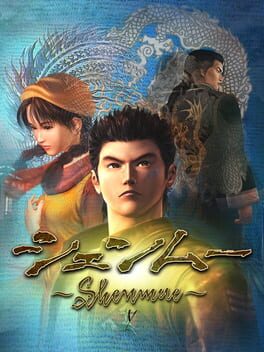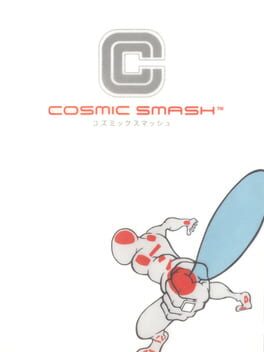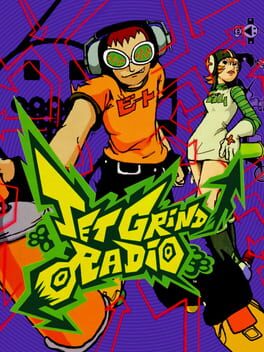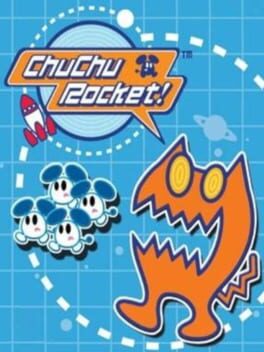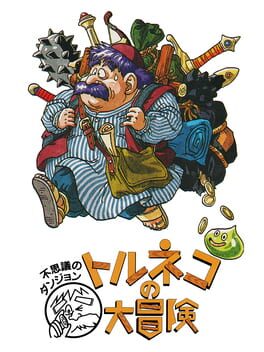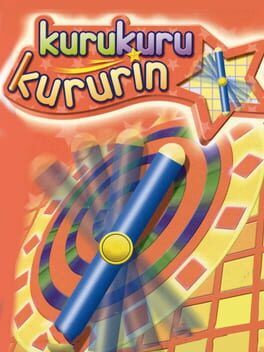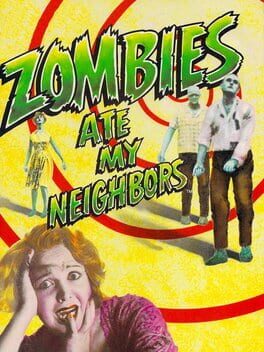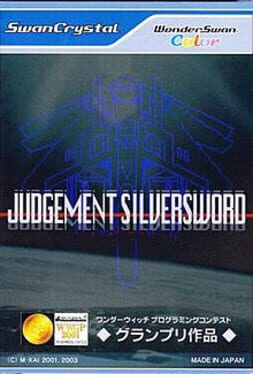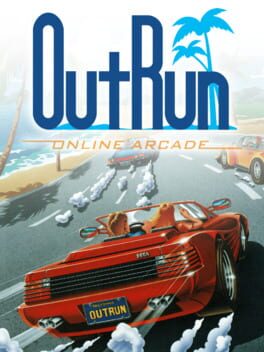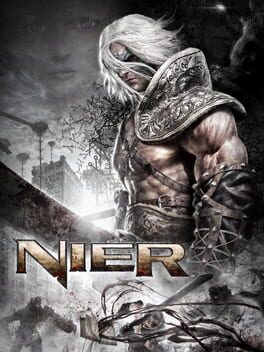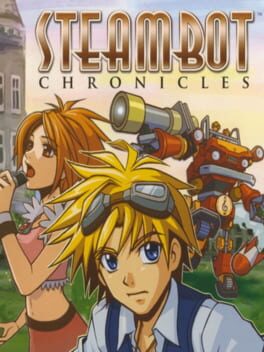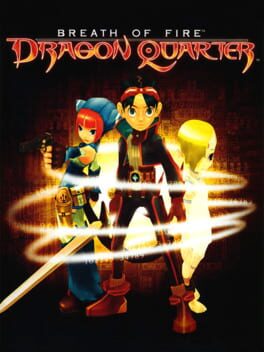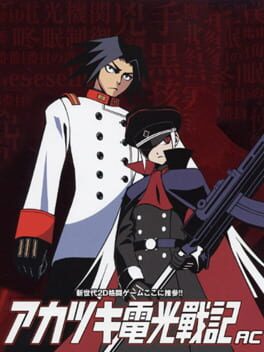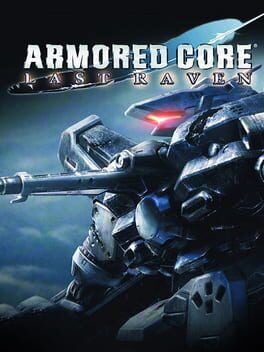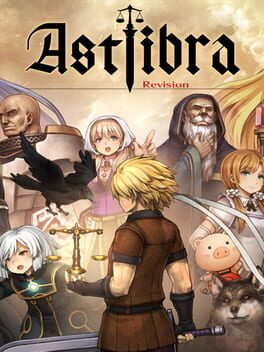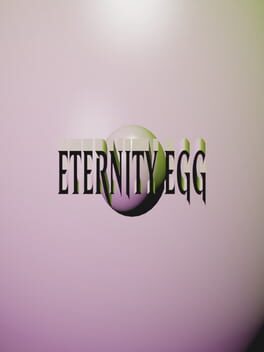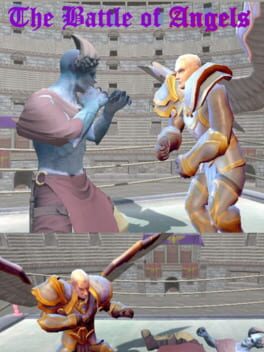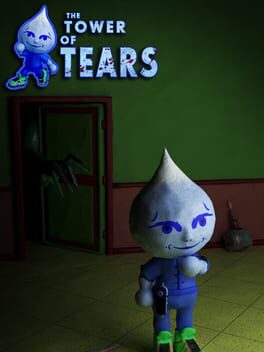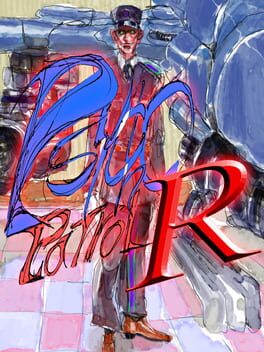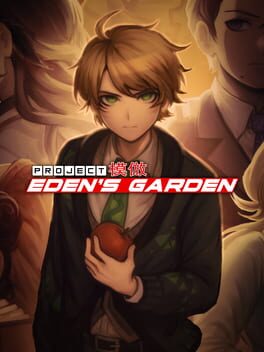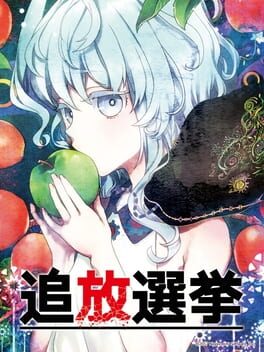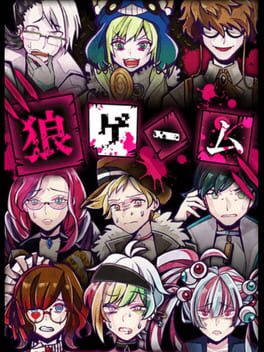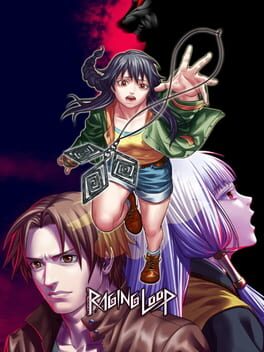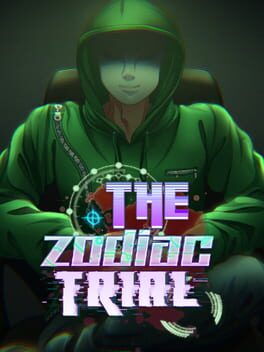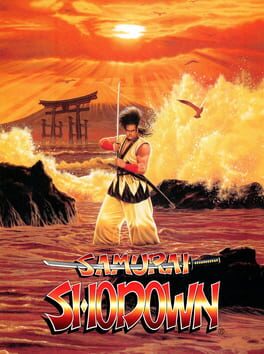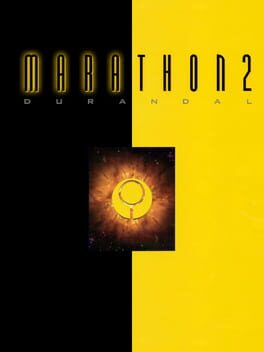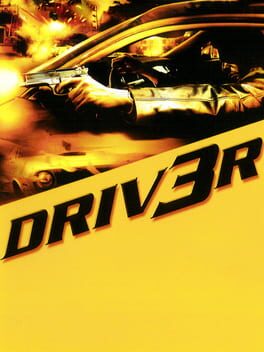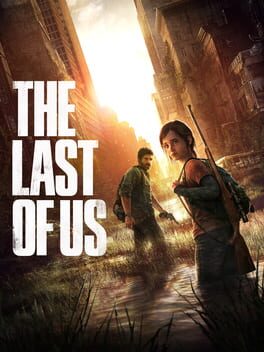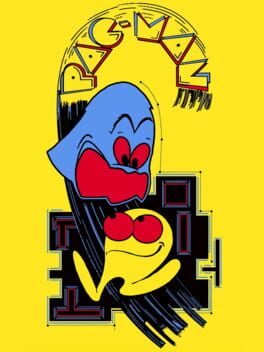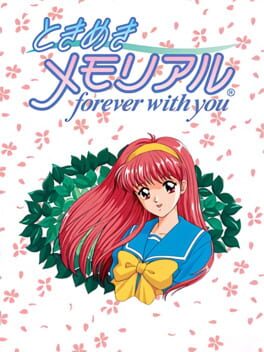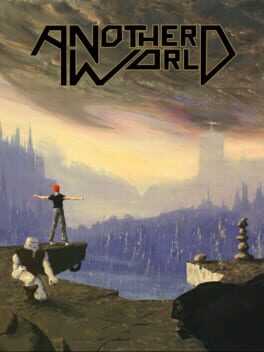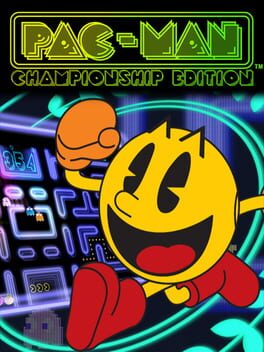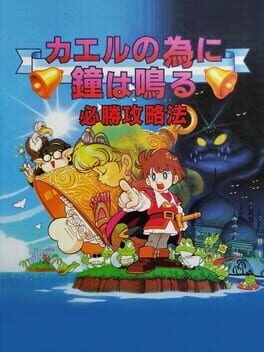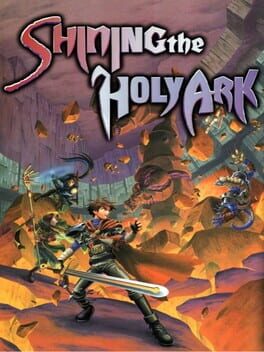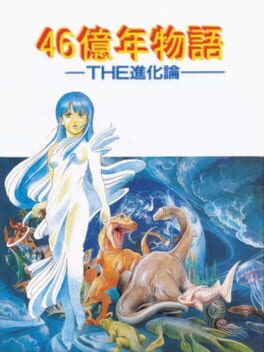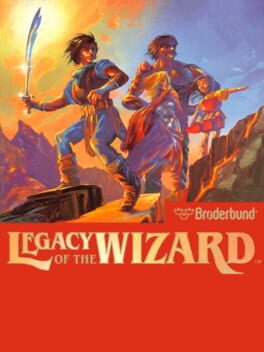chandelierius
104 reviews liked by chandelierius
The art direction, story/mood, and creative direction in this game are all phenomenal, but the gameplay was so frustrating that it made it really difficult to appreciate those things while playing, and while I look back on my time with it. Wander, Agro, and the camera all control like a drunk man who has had so much alcohol that he looks as if his point of gravity is always moving. This is the biggest problem with the game, it can be so frustrating to just do anything and this takes my attention away from how cool most of the colossi encounters actually are ( the bird, sandworm, and giant flying guy being the best imo). This does not mean that there are no bad colossi though, the 9th, 11th and last are horrible imo, it was incredibly frustrating to get all three of those to behave the way the game wants you to. My main takeaway with this game is I would have enjoyed it a whole lot more if the game didn’t control so badly at all times.
Kirby's Epic Yarn
2010
The Munchables
2009
a katamari-like from the actual katamari devs; more specifically the Now Production jobbers who toiled to get keita takahashi's vision off the ground back on the original titles, although many of the devs on this particular title were johnny-come-latelies who started on beautiful katamari. munchables twists the "roll up stuff, get bigger, roll up bigger stuff" loop from katamari into a game all about eating, where your mute spherical protagonists chomp through waves of pirate/alien/frankenfood creations, getting progressively larger after each set of meals. your character's size is unambiguously labeled with a level number, with enemies larger than yourself having a similar label to illustrate who exactly you can eat at any given point. these larger enemies can be bumped with a dash attack that splits them into smaller enemies, although if the difference between you and the enemy is vast enough, each of their component sub-enemies may still be larger than you. interesting systemic element here, where due to the split being an equal amount every time, you can decompose an enemy multiple times, eat a select number of sub-enemies, wait for them to recombine into a slightly smaller enemy than before, and then break them once again to get a set of sub-enemies you can scoop up all at once.
this plays into the other mechanic: chaining. eating an enemy starts an implicit chain timer that replenishes with each additional enemy eaten; when the timer expires, the number of meals counted from enemies eaten during the chain will more or less double. a cute idea in theory, although you may be able to see how that breaks any thought involved with above decomposition mechanic: more at once is always better, so split big enemies into as many sub-enemies as possible every time you see them. however, in the first real levels (in the second world) you can see how this still ends up having that katamari flair to it. a large arena of different zones, each locked behind edible barriers with level requirements, where you can freely navigate across zones and backtrack to your heart's content. similar to how katamari lets the player reason about the optimal size to grab a set of items at once, here you can plan inter-zone chains by carefully planning your feeding route to give you just enough food to bypass barriers while leaving plenty of enemies on the field to grab in a single swoop.
if that was the game it would probably be pretty good; there's a buffer-able, charge-able dash chomp you can use to link enemies in a chain, so there's a comfortable rhythm to the experience that negates the otherwise ho-hum movement. unfortunately, the level designers got antsy and started actually designing some levels. the progression quickly devolves into linear gauntlets, jettisoning the potential for inter-zone chains and replacing it with quick bursts of enemies with ample downtime in between. these in-between sections get muddled with switch "puzzles" and other tired gimmicks that continually throw the katamari loop out the window. the aforementioned issue with chaining gets exacerbated here, because there's never a reason to not decompose big enemies as soon as you see them, so the linearity of the levels becomes even more apparent. when the game veers into actual platforming it's even more appalling: there's virtually no mechanics here to support that outside of some mild air stalling whenever you chomp. much more tedious than it has any right to be.
this plays into the other mechanic: chaining. eating an enemy starts an implicit chain timer that replenishes with each additional enemy eaten; when the timer expires, the number of meals counted from enemies eaten during the chain will more or less double. a cute idea in theory, although you may be able to see how that breaks any thought involved with above decomposition mechanic: more at once is always better, so split big enemies into as many sub-enemies as possible every time you see them. however, in the first real levels (in the second world) you can see how this still ends up having that katamari flair to it. a large arena of different zones, each locked behind edible barriers with level requirements, where you can freely navigate across zones and backtrack to your heart's content. similar to how katamari lets the player reason about the optimal size to grab a set of items at once, here you can plan inter-zone chains by carefully planning your feeding route to give you just enough food to bypass barriers while leaving plenty of enemies on the field to grab in a single swoop.
if that was the game it would probably be pretty good; there's a buffer-able, charge-able dash chomp you can use to link enemies in a chain, so there's a comfortable rhythm to the experience that negates the otherwise ho-hum movement. unfortunately, the level designers got antsy and started actually designing some levels. the progression quickly devolves into linear gauntlets, jettisoning the potential for inter-zone chains and replacing it with quick bursts of enemies with ample downtime in between. these in-between sections get muddled with switch "puzzles" and other tired gimmicks that continually throw the katamari loop out the window. the aforementioned issue with chaining gets exacerbated here, because there's never a reason to not decompose big enemies as soon as you see them, so the linearity of the levels becomes even more apparent. when the game veers into actual platforming it's even more appalling: there's virtually no mechanics here to support that outside of some mild air stalling whenever you chomp. much more tedious than it has any right to be.
Yakuza
2005
This shit a visual novel broken up by stim toy combat sections, very cool. I like the models a lot, particularly Kiriyu and Haruka are super cute. I think putting them together made for really great character moments.
The atmosphere is perfect, it's somehow always dark outside and the fixed camera angels give off kind of a boxed in feel.
Majima shows up 3 times to be weird and have nothing to do with the plot and I think that's extremely funny. It's like hes getting popular character cameos but its literally the first entry in the franchise.
I played this with jp voice acting (my mistake tbh) but watched some cutscenes on youtube and that shit is crazy!!!! Are you **** or just deaf???
The atmosphere is perfect, it's somehow always dark outside and the fixed camera angels give off kind of a boxed in feel.
Majima shows up 3 times to be weird and have nothing to do with the plot and I think that's extremely funny. It's like hes getting popular character cameos but its literally the first entry in the franchise.
I played this with jp voice acting (my mistake tbh) but watched some cutscenes on youtube and that shit is crazy!!!! Are you **** or just deaf???
certainly there are things conventional pokemon could stand to learn from this one like yeahyeahyeah the faster pacing of general progression and menu-ing are OBVIOUS pluses whogivesashit.
Fact is though! I can't STAND playing these compulsive fucking open-world adhd ass adventure games too long at a time......... I'm never THINKING when I play this type of shit, and they always just devolve into stupid loops of me desperately pocketing one meaningless trinket after another or spending HOURS fulfilling some bogus checklists! I just ain't got the time!!!
And when this game's core mission they ask of you is ENTIRELY based around fulfilling another dumb checklist in a giant field somewhere - we've got a problem!
I'm sick of things being so big and aimless! I hate it here! I must get free!!!!!!!!!!!!!!
Fact is though! I can't STAND playing these compulsive fucking open-world adhd ass adventure games too long at a time......... I'm never THINKING when I play this type of shit, and they always just devolve into stupid loops of me desperately pocketing one meaningless trinket after another or spending HOURS fulfilling some bogus checklists! I just ain't got the time!!!
And when this game's core mission they ask of you is ENTIRELY based around fulfilling another dumb checklist in a giant field somewhere - we've got a problem!
I'm sick of things being so big and aimless! I hate it here! I must get free!!!!!!!!!!!!!!
This review contains spoilers
"Art is either so abstract that it means nothing, or it's as subtle as a sledgehammer" - Apollo Justice.
Before I had begun this game, I was excited to play the black sheep of the mainline ace attorney games, and to form my own opinion on it. Ironically this quote from the games third trial is an accidental commentary on the whole game. This game is not subtle at all about its' main messages, and that can get really exhausting. While there are things the game does well, they are largely overshadowed by the problems. Here are the things I think it does well.
Pros - The newly added characters Athena Cykes and Simon Blackquill are great, even with the seemingly lack of focus on their dynamic up until the final trial.
- The quality of life improvements are awesome, especially being able to teleport to whichever location without having to travel through a bunch of other rooms to get there.
- The soundtrack is non-shockingly good, with my standouts being the cross examination theme, investigate theme, Blackquill's theme, and Wandering Heart.
Here are things I don't like
Cons- The game feels too full of main characters, which is a big issue I have with this game. The game has to juggle 3 main protagonists, and their stories, but I don't think it does it well at all. Apollo gets absolutely shafted in this regard, as he gets little to no development from his previous game, and the characters associated with that game get no love either. Klavier shows up in the background of trial 3, Trucy is reduced to a babysitter at the office, and Ema makes no appearances whatsoever. This feeling of lack of balance even extends to Phoenix as well. Even though he gets more time in the spotlight, it feels like they just use him and characters from his game purely for fan service, like both Pearl and Edgeworth's appearances in the final trial. They didn't seem to make any huge efforts In really developing either Phoenix or Apollo as characters in this game.
I could make peace with this if I felt like they did Athena's stuff really well, but I don't think they really nailed it on that front either, mainly because all of her connections with Blackquill and the final trial all come out right at the end of the game. My main critique is that it feels like this game lacked focus, and I think a part of that is because the game is to cluttered with main leads, and intstead of developing the ideas and characters from the 4th game, they just abandoned it and made Athena's entire plot line.
Another big issue I have with the game, is the lack of subtlety and the kind of plot piece known as "The Dark Age of The Law". From trial 3 onwards this game constantly reminds you that you are in an age where nobody trusts the law, and both prosecutors and lawyers fake evidence to get the verdict that they want. The main issue I have with this is that this game would rather tell you over and over again that you are in this Dark Age, but the game does nothing to show that fact. Like the trials are just like normal, and throughout each trial we still uncover the truth, an even Blackquill as a prosecutor doesn't commit crimes to win cases. The whole stakes that this game is built upon just falls flat because nowhere in the game do I feel like I am truly in a dark age, where all members of judicial system are corrupt, and that the public distrusts and hates the system. No character represents this game better than Aristotle Mean. He lacks subtly, is shallow, and would rather yell at you "The Ends Justify the Means" over and over again than show you his convictions through action.
As a conclusion this game is really held together by the fact that it has the ace attorney formula. While it's still fun, it's just sad to see the wasted potential from result of in my opinion a bloated cast, and its' insistence to tell you the plot rather than show you. Unfortunately for me this game falls under the sledgehammer archetype of art.
Before I had begun this game, I was excited to play the black sheep of the mainline ace attorney games, and to form my own opinion on it. Ironically this quote from the games third trial is an accidental commentary on the whole game. This game is not subtle at all about its' main messages, and that can get really exhausting. While there are things the game does well, they are largely overshadowed by the problems. Here are the things I think it does well.
Pros - The newly added characters Athena Cykes and Simon Blackquill are great, even with the seemingly lack of focus on their dynamic up until the final trial.
- The quality of life improvements are awesome, especially being able to teleport to whichever location without having to travel through a bunch of other rooms to get there.
- The soundtrack is non-shockingly good, with my standouts being the cross examination theme, investigate theme, Blackquill's theme, and Wandering Heart.
Here are things I don't like
Cons- The game feels too full of main characters, which is a big issue I have with this game. The game has to juggle 3 main protagonists, and their stories, but I don't think it does it well at all. Apollo gets absolutely shafted in this regard, as he gets little to no development from his previous game, and the characters associated with that game get no love either. Klavier shows up in the background of trial 3, Trucy is reduced to a babysitter at the office, and Ema makes no appearances whatsoever. This feeling of lack of balance even extends to Phoenix as well. Even though he gets more time in the spotlight, it feels like they just use him and characters from his game purely for fan service, like both Pearl and Edgeworth's appearances in the final trial. They didn't seem to make any huge efforts In really developing either Phoenix or Apollo as characters in this game.
I could make peace with this if I felt like they did Athena's stuff really well, but I don't think they really nailed it on that front either, mainly because all of her connections with Blackquill and the final trial all come out right at the end of the game. My main critique is that it feels like this game lacked focus, and I think a part of that is because the game is to cluttered with main leads, and intstead of developing the ideas and characters from the 4th game, they just abandoned it and made Athena's entire plot line.
Another big issue I have with the game, is the lack of subtlety and the kind of plot piece known as "The Dark Age of The Law". From trial 3 onwards this game constantly reminds you that you are in an age where nobody trusts the law, and both prosecutors and lawyers fake evidence to get the verdict that they want. The main issue I have with this is that this game would rather tell you over and over again that you are in this Dark Age, but the game does nothing to show that fact. Like the trials are just like normal, and throughout each trial we still uncover the truth, an even Blackquill as a prosecutor doesn't commit crimes to win cases. The whole stakes that this game is built upon just falls flat because nowhere in the game do I feel like I am truly in a dark age, where all members of judicial system are corrupt, and that the public distrusts and hates the system. No character represents this game better than Aristotle Mean. He lacks subtly, is shallow, and would rather yell at you "The Ends Justify the Means" over and over again than show you his convictions through action.
As a conclusion this game is really held together by the fact that it has the ace attorney formula. While it's still fun, it's just sad to see the wasted potential from result of in my opinion a bloated cast, and its' insistence to tell you the plot rather than show you. Unfortunately for me this game falls under the sledgehammer archetype of art.
This review contains spoilers
A genuine landmark in video game history. No game has replicated the feeling that botw gave me upon my first initial playthrough until this game. Improves on every aspect of the first game, from more in-depth mechanics and abilities, intersecting overworlds that almost never felt tiring to explore due to the vast amount of interesting and varied collectibles and many more traversal options to explore said world, and a difficulty level that stayed consistent throughout my playthrough due to interesting wrinkles in gameplay, such as the depth's gloom mechanic lowering your maximum hearts no matter your defense level. While a significant improvement over the first, I still found the dungeons left a bit to be desired in mechanical depth over previous zelda entries, as well as a story that tends to repeat itself a bit too often with near-identical post-boss cutscenes after climactic story encounters. However these issues are relatively minor in comparison to the sheer wonder and depth of mechanics I experienced throughout my playthrough, and any game that makes botw look like an alpha build deserves to be considered one of the greatest games of all time.
Pikmin 1
2023
Finally decided to play the original Pikmin after the ports were announced in lieu of the release of Pikmin 4-it was good! Even in 2023 Pikmin purely as a concept feels deceptively simple and yet ridiculously innovative, the atmosphere of the world is intoxicating, and the bond the game manages to create between you and your Pikmin due to their cute appearance and charming quirks was definitely a highlight, and made every occurrence in which I accidently committed a mass Pikmin slaughter that much more horrifying. The game's 30 day time limit keeps the sense of progression moving at a steady pace, and while you are very unlikely to actually reach that 30 day limit due to the forgiving nature of the first title, it is restrictive enough to constantly serve as a reminder that you must use your time wisely. My issues with Pikmin arise in its relatively intrusive bugs and design quirks, such as pikmin clipping through bridges and off cliffs and subsequently dying through no fault of the player, as well as at times very poor pathfinding, leading the Pikmin to die seemingly at random even when taking the obviously intended path, as well as Pikmin often tripping, even when flowered, which only serves to add to the frustration. All of these issues would thankfully be addressed in later entries in the Pikmin series, but that doesn't lessen the impact they have in the first title.
12 lists liked by chandelierius
by Pangburn |
37 Games
by eyezack |
99 Games
by NutzBerzerk |
21 Games
by psychbomb |
247 Games
by StardustSummons |
301 Games
by LoreW001 |
33 Games
by indaiei |
68 Games
by FurretFan56 |
11 Games
by zn0 |
66 Games

